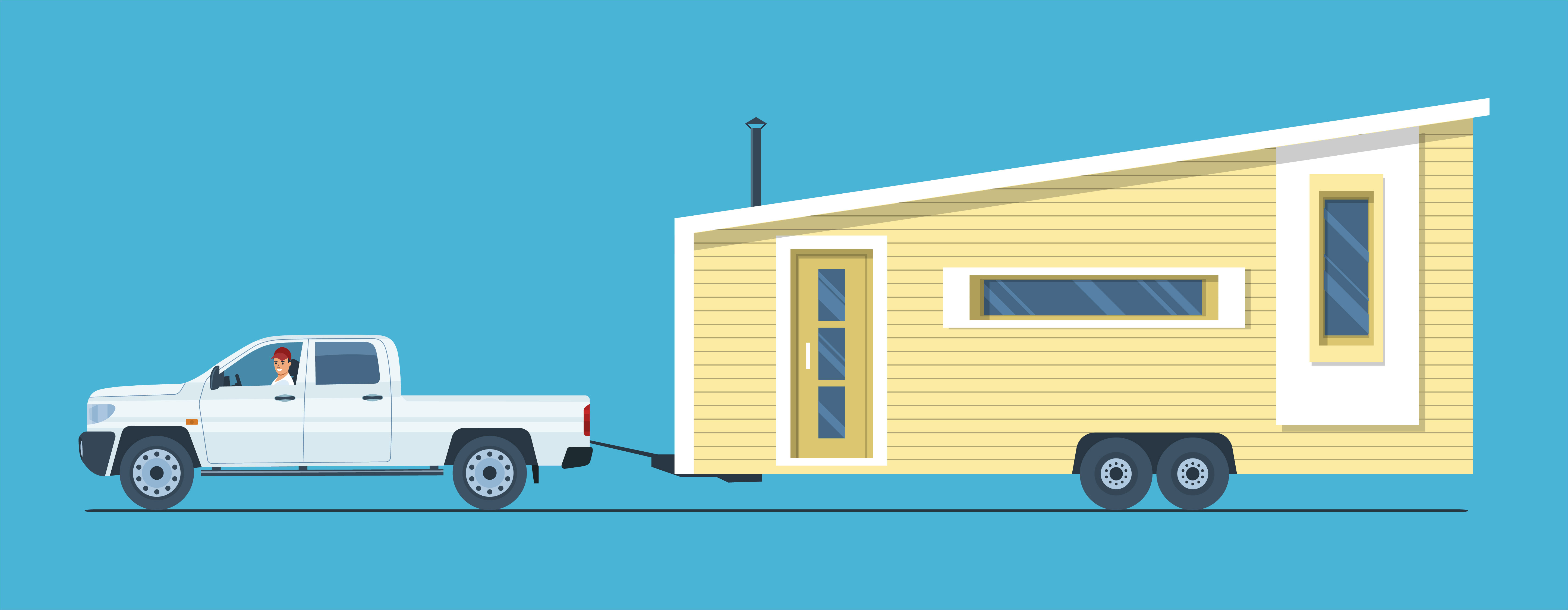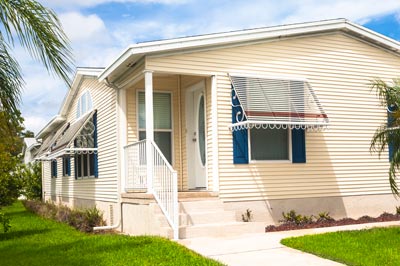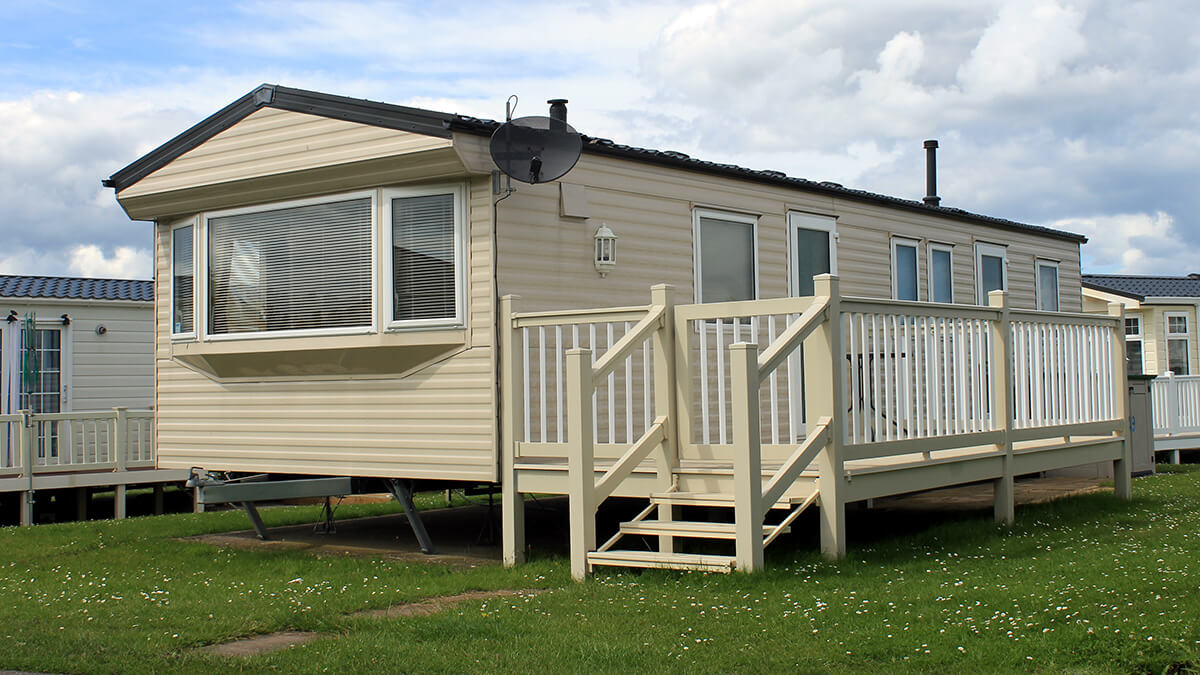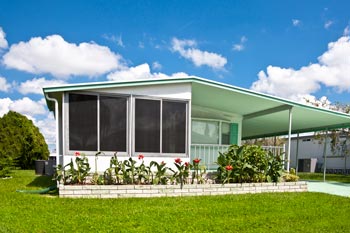Tiny Home Towing Information

Towing a tiny house can be a daunting task. However, knowing what to expect in advance can make the process much easier. To help customers out, Foremost® a Farmers Insurance® company is providing information about tiny house towing. Of course, any guidance provided by one's trailer, hitch, and vehicle manufacturers should take priority.
Best vehicles for towing tiny houses.
Choice of tow vehicle is one of the most important things to get right when towing a tiny house. If the vehicle couldn't handle the load, the situation would be over before it started.
In most cases, it's best to use a truck. The chosen truck should be one that can handle the weight of the home. Typically, there is a sticker on the driver's side front door to find its towing capacity. If it's not there, a dealer or manufacturer can be contacted for assistance.
Using a truck that can handle the weight of the tiny house, is a good start. If one is not available, consider renting one, and it may be helpful to confirm whether there'd be coverage.
Hooking up a tiny house.
According to Tiny Home Builders, when towing a tiny house, it is recommended that the trailer to be level to the ground. It will take a bit of manual work to determine the desired hitch height. The front jack on the trailer can be used to get it level. One can measure the height from the coupler to the ground. Experts recommend that hitch height be higher than this measurement. Patience will be needed to find the right height. The weight of the load will cause the springs of the tow vehicle to compress, so it may need a few adjustments to remain level. Once the desired hitch height is determined, either a ball mount with the correct drop, or an adjustable ball mount can be used, by simply changing the height.
Checking the weight at the tongue of the trailer is a good idea. Tongue weight scales, which can cost $100 or more, are available for the task. The Tiny Life says that the ideal tongue weight is between 10-15% of the trailer's gross weight. If it's more or less than this, a weight distribution hitch may need to be used. Because most tiny homes are pretty heavy, it may be safer to use one.
Connecting a trailer generally requires one to put the coupler in place and use a lock pin to keep it from disengaging. Then, the chains can be crossed in an 'X' form and attached to both sides of the tube receiver. Typically, the left chain crosses over and attaches to the right side of the tube receiver, with the right chain crossing over and attaching to the left side. Next, the wiring harness on the trailer is attached to the tow vehicle. The towing truck should have a compatible plug. If it doesn't, an adapter may be available. For example, if the truck has a four-pin connecter and needs a seven-pin connecter, a seven-pin adapter may be able to be used.
Trailers with electric brakes should have a breakaway kit with instructions on how to attach the kit to the trailer.
Pre-tow checklist.
Before towing a tiny house, the tires on the truck and the trailer should be checked to be sure they're properly inflated, and all lug nuts are tight. Additionally, there should be no wear and tear, such as worn tread. If the tread is low, the tires may need replacement before towing. All external lights on the vehicle and trailer should be working as intended. The battery for any breakaway kit should be fully charged. Lastly, the gas tank should be filled before hitting the road and the spare tire available and properly inflated.
To prepare the tiny house for the journey, the windows and vents should be closed. All doors and countertops should be clear. The refrigerator should be latched, and utilities should be disconnected. Lastly, jacks should be up or removed, storage compartments should be secure, wheel chocks should be removed, and doors should be locked.
Towing the tiny house.
While towing a tiny house, the added length and height to the vehicle needs to be considered. Drivers need to pay close attention to any overpasses and be careful when turning or changing lanes. Drivers need to start breaking earlier than usual, since the added weight will make it harder for the vehicle and home to stop. When moving in reverse, it should be remembered that the trailer will move in the opposite direction that the wheel is turned. So, if one's wheel is turned to the right, the trailer would move to the left. Lastly, drivers should appreciate that stopping for gas may need to occur more frequently, as the added weight will cause the vehicle to consume gas faster.
It may feel like an intimidating process, but with planning and prep, you can work towards a safe and smooth towing process. Safe travels and good luck with your move!


